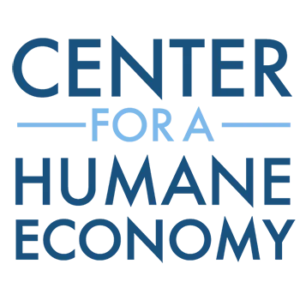Boise, Idaho – A set of wildlife and animal welfare groups, including Animal Wellness Action, the Idaho Conservation League, and ZooMontana, called on National Park Service Director Charles Sams to work with Interior Secretary Haaland to issue an emergency listing of wolves under the Endangered Species Act in response to the immense toll taken on the packs of wolves living in Yellowstone National Park. Already, Idaho, Montana, and Wyoming hunters have killed 20 percent of the world’s most famous and watched wolves living primarily in Yellowstone National Park, with the killing allowed to continue for months.
According to sources on the ground tracking the incomplete and limited data, Montana hunters and trappers have killed 16 Yellowstone wolves who strayed, or were legally baited, across the park’s boundary, and Idaho and Wyoming hunters killed two each. There may be fewer than 100 wolves surviving in Yellowstone National Park, where the forebears of the domesticated dog have been known to curb elk and deer numbers and improve forest and stream health. With Idaho allowing year-round hunting, and Montana’s season set to extend through mid-March, we could see a substantial increase in the total kill level.
“Wolf populations are being decimated in Yellowstone National Park after state lawmakers and fish and wildlife officials set up bounty programs, eliminated or increased bag limits, and expanded methods to allow hunters and trappers to allow an all-out assault on one of the most closely watched and studied wildlife population in the world,” said Natasha Dolezal, an Idahoan and deputy director of campaigns for Animal Wellness Action. “With Idaho threatening to kill 90 percent of its wolves and Yellowstone quickly approaching losing a third of its wolves, what more evidence of state recklessness in wildlife management does the Department of the Interior need to act?”
Montana began its assault on wildlife passing new management laws targeting the concentration of wolves ranging through Yellowstone and Glacier National Parks as well as throughout the entire range of the animals in the state. The wolf-killing allowances include permitting the use of neck snares to indiscriminately strangle any wildlife on all public lands except in lynx protection zones, hunting at night with artificial lights, and lengthening the trapping season affecting late term pregnant wolves – a particularly destructive set of practices around Yellowstone whose packs are less wary of people due to the decades long scientific and public observation of the wolves. Montana and Idaho hunters and trappers are even allowed to bait these wolves outside the protection of Yellowstone and Glacier national parks in hunting areas where the prior quotas have been eliminated.
“These states have allowed their fear of wolves to influence our hunting laws,” said Jeff Ewalt, executive director of ZooMontana in Billings. “Whether it’s because of popular fairy tales that villainize wolves, or an ingrained aversion to top predators, we don’t treat wolves the same way we would treat other creatures. Simply put, we must rely on wolves to keep the environment and its biodiversity safe and healthy across the Mountain West.”
In a prior 2009 rulemaking in which the USFWS abdicated its federal wolf management responsibilities to Montana and Idaho, it asserted that “if a State changed their regulatory framework to authorize the unlimited and unregulated taking of wolves, a condition we have previously determined threatened a wolf population, emergency listing would be immediately pursued.” That’s precisely what’s happened in Montana and Idaho, and emergency listing is essential to forestall even more killing.
Signers of the letter to NPS Director Sams include the Center for a Humane Economy, ZooMontana, Idaho Conservation League, Animal Wellness Action, Animal Wellness Foundation, Trap Free Montana, Trap Free Montana Public Lands, Living With Wolves, Wolves of the Rockies, Great Old Broads for Wilderness – Boise Broadband, International Wildlife Coexistence Network, Kirkpatrick Foundation, Michelson Center for Public Policy, Partners in Animal Protection and Conservation, Sawtooth Science Institute, and SPCA International.


